- Home
- slideshows
- miscellaneous
- The beginner's guide to technology in 2018: All of the essential gadgets and services actually worth your money
The beginner's guide to technology in 2018: All of the essential gadgets and services actually worth your money
A quality smartphone

A streaming device for your TV
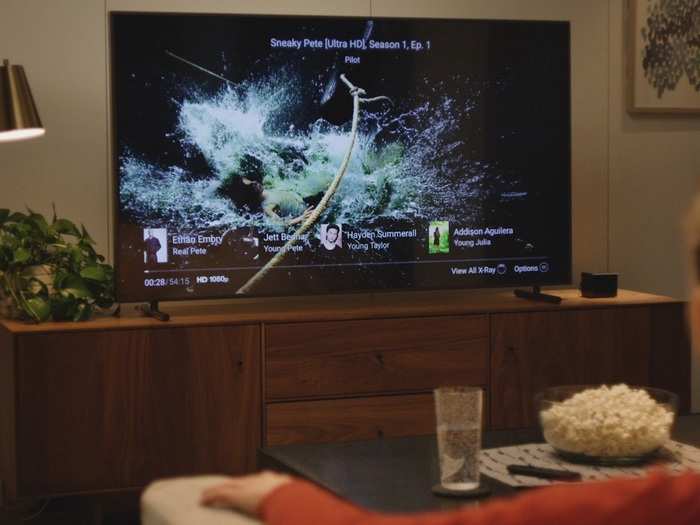
Streaming devices are a worthy investment for any TV owner in 2018.
Streaming devices, in short, open up the possibilities for your TV. Most streaming devices support popular streaming apps like Netflix and Hulu, but depending on the company that makes your device, you'll also typically have access to an online store, like Apple's iTunes Store or Google's Play Store. So, if you purchased movies, TV shows, or games through any of those stores, you'll be able to access them on your TV.
The style is up to you. Several companies make sticks that can plug into your TV's USB port, like Amazon's $40 Fire TV Stick and Google's $35 Chromecast, while many other devices plug into your HDMI port and sit on top of a table or stand, like the $150 Apple TV and Amazon's $120 Fire TV Cube. One company worth following is Roku, which makes streaming devices in all shapes and sizes, and they're all relatively affordable.
A smart speaker of your choosing
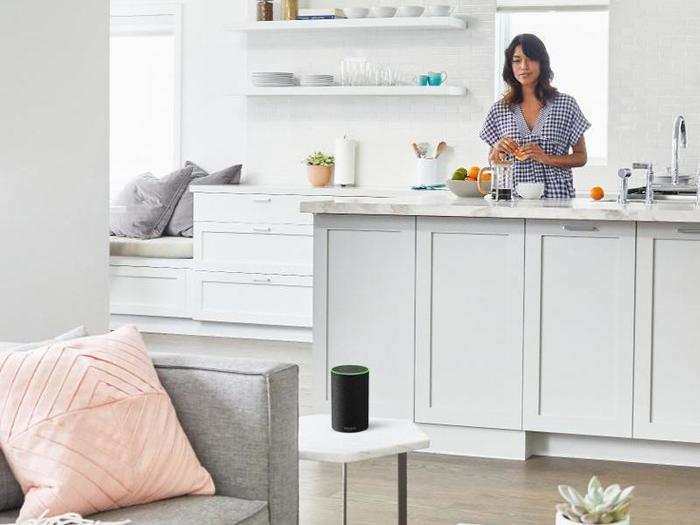
Smart speakers may seem a little creepy at first — putting a microphone in your home should raise your eyebrows at least a little bit — but the benefits of owning a smart speaker, like a Google Home or an Amazon Echo, are absolutely worth it.
You can get a smart speaker for as little as $50, like Google's Home Mini or Amazon's Echo Dot, and those speakers often go on sale, meaning you can find them sometimes for as little as $35. You can also buy more high-end speakers, like Apple's $350 HomePod or Google's $400 Home Max, the latter being the best-sounding smart speaker you can buy.
But what do you actually do with these things? Well, just about anything: You can ask for the time, or the weather, or how old a certain actor is, or what to cook for dinner. You can connect your speaker to smart light bulbs, so you can turn on your living room or bedroom lights with just a simple voice command. I've found countless uses for my Amazon Echo, which only costs $80, but personally I think these devices are best used in the kitchen, where you can use it to set timers or play music, all hands-free.
A game system of your choosing
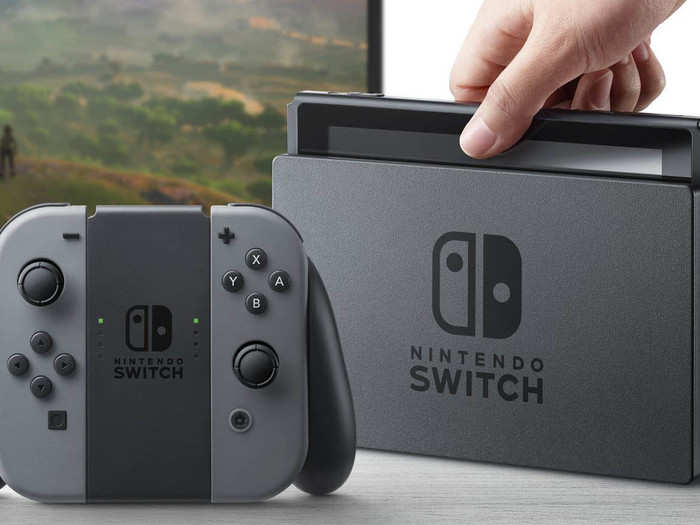
For decades, video games have been used to demonstrate the capabilities of new technologies and equipment. Video games make computers, and technology as a whole, more approachable.
But games have transformed considerably over the years, from a simple form of entertainment to an art form in its own right. As computers get more powerful — and the tools to make games become more accessible — we’ve seen dozens of new titles every year, from companies big and small, that push the boundaries of what’s technologically and artistically possible in a video game.
In 2018, you can play games just about anywhere: on your phone, your computer, or on a dedicated game console. While gaming on a PC offers the best performance, you’ll have to buy a computer that’s right for you. Game consoles, on the other hand, offer a one-size-fits-all solution that’s often more affordable than a complete gaming PC, and consoles tend to feature more exclusive games you can’t play elsewhere.
For that last reason — exclusive games — I’d personally recommend the Nintendo Switch and the PlayStation 4, both of which happen to cost $300. That said, you certainly can’t go wrong with the Xbox One, which costs anywhere between $250 and $300.
A nice pair of wireless headphones
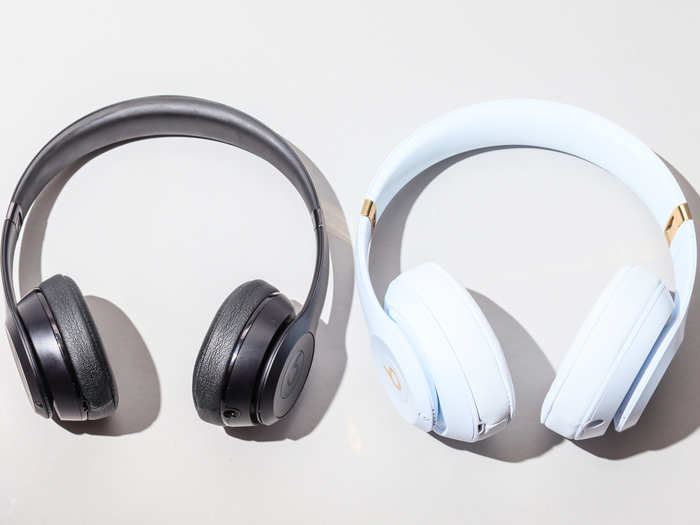
Ignore people who lament the death of the headphone jack: Wired audio literally kept people tethered to their devices, and wires got tangled easily or could catch on random surfaces, yanking the headphones off your head.
Wireless audio is better to use overall, and in 2018, there are so many ways to get it.
Though wireless headphones can be costly — the best models typically cost around $300 — it's absolutely worth the investment, especially since they can connect to your phone, your laptop, your game console, and even your streaming device. They sound great, allow you to enjoy your movies or games without disturbing others, and you can buy them in all sorts of styles.
For over-ear headphones, lots of people swear by Bose and Sennheiser, but I personally recommend Sony's $350 1000X series headphones, as well as the $350 Beats Studio headphones, as both options offer incredible sound and also look good enough to wear.
If you're into wireless earbuds, there are a handful of great solutions like Master & Dynamic's $300 MW07 True Wireless Earbuds or the $140 Jaybird Run earbuds, but I personally love and recommend Apple's $170 AirPods above all else. To me, they're the best Apple invention since the iPhone.
A computer that fits your needs
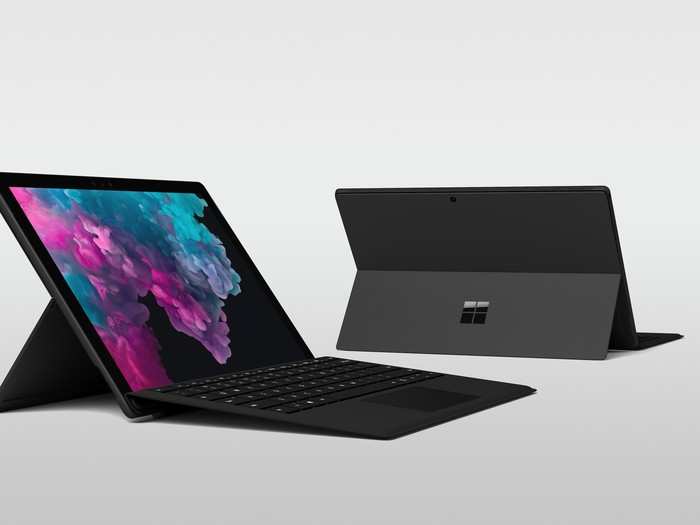
Computers started off as large machines that bordered on being appliances, like refrigerators or washing machines. These days, computers can fit in your pocket, fold onto themselves like a clamshell, and bend and twist in all sorts of different ways.
In 2018, there are more computer options than ever. Do you want a giant desktop computer with a big, beautiful, curved display? That's a thing. Do you want an ultra-light laptop that can bend backwards, and stand up like a tent? That's also a thing. Do you want a computer that doesn't have a keyboard at all? Yep, you can buy that, too.
The biggest question you need to answer when choosing a computer for yourself in 2018 is: What do you need it for?
If you want a computer to play video games, you'll probably want a big desktop PC to power those experiences. The price of a PC can vary from hundreds to thousands of dollars, but building your own PC is fun, affordable, and easy with the right tools; check out this step-by-step guide from my colleague Tony Villas-Boas on how he built his own gaming PC.
If you want a computer to bring back and forth to work, you might want something more portable, like a MacBook or Chromebook laptop. Chromebooks can cost as little as $250, while MacBooks are a bit more high end, and can cost anywhere from $1,000 to over $13,000 for a beefed-up iMac Pro.
If you want a computer with a touchscreen, perhaps for drawing, you might consider a Microsoft Surface Go or an iPad, which both support accessories that turn those tablet-computers into full-on laptops. Microsoft Surface Go starts at $400, while iPads start at $329.
Exploring the horizons of technology

There are emerging technologies that you can try, right now, on your smartphone or computer. They aren't considered "mainstream" just yet, but they're worth exploring if they sound interesting to you.
— Drones are basically autonomous flying robots. Most times you can have a very tight level of control, although some models, like the $2,500 Skydio R1 drone, simply follow you and do most of the complex work themselves. If you're into photography, or you love the idea of flying robots in general and want to see what they can do, drones are worth tinkering with.
— Virtual reality is getting better at complete, untethered immersion. Older folks may remember all of the times VR was "almost a thing," but failed. There was Nintendo's Virtual Boy project from 1995, but VR has been in development for over 50 years. Now, though, it has the support of billion-dollar companies like Facebook, which makes and sells the Oculus Rift family of VR headsets. If you really want to invest in the space, you can buy PC-based VR headsets like the $500 HTC Vive, which still provide the best overall experiences, but affordable headsets that don't need a computer, like the $400 Oculus Quest that's coming soon, show that the technology is finally catching up with the goal of VR, which is complete immersion no matter where you are.
— Augmented reality merges the best of the virtual and real worlds, and it's already here. The biggest tech companies in the world, including Apple, are laying the foundation for devices made specifically for augmented reality — namely, smart glasses. Since AR lets you superimpose virtual images on top of the real world and interact with them, lots of people are looking forward to glasses that let you see AR hands-free. But you can currently use augmented reality right now, in many of your favorite apps. Snapchat, Instagram, and Facebook all use AR for their face "masks" and special effects, and AR is baked into Apple's iPhones and iPads thanks to the company's ARKit software. Apple's new Measure app in iOS 12 is a good example of how AR can be helpful, in addition to being really cool to look at.
Popular Right Now
Popular Keywords
Advertisement